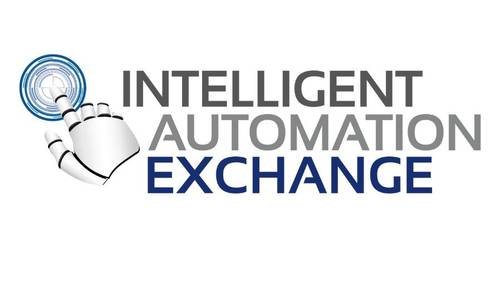The world of Artificial Intelligence and Process Automation is forever changing, and it can be a challenge for leaders to keep up to date with all the key trends. With this in mind, we wanted to share three trending topics which also represent great advancements to come within the next 3-5 years.
- The Digital Workforce Roadmap
Tools such as machine learning are being adopted by an increasing number of organisations each year. This technology enables businesses to reshape and automate their business processes as efficiently as possible. Examples include cost avoidance, document processing, and seeking new revenue opportunities.
Assurant’s Director of Science, Yingying Kang offers her expertise regarding the successful integration of a digital workforce that works in harmony with the existing physical structure. She suggests that businesses should start by determining each employee’s definition of “efficiency”. Making sure everyone is on the same page about how to enhance productivity is essential.
Kang also predicts that within the next 3-5 years, AI and ML will dominate the digital workforce process. She points out that this technology is already heavily utilised. Examples of this are the shift to tools such as Teams and Zoom, accelerated by the pandemic and the need to work remotely. For instance, Microsoft Teams utilises machine learning to transcribe recorded video calls, with increasingly accurate transcripts.
In recent years, GSK have discovered first-hand the benefits and challenges associated with Change Management and Hyper-Automation. Their Worldwide R&D Tech Head and Director of Innovation & Data Science, Fausto Artico* offered up his unique perspective.
- How to Implement a Change Management Process
A successful change management process should be data driven. Three essential components required to successfully execute a change management process are: 1) Big Data Telemetry; 2) Data Analytics, AI, and ML; and 3) a Monitoring System.
Change should not always come from the top down. A truly successful change management process begins from the ground up. Employees who will work with these changes on a day-to-day basis should be the ones to identify challenges, raise them with senior management, and subsequently be involved in the implementation.
- Unlocking Human Potential Through Hyper-Automation
The recent main initiatives relating to Hyper-Automation are identified as: RPA, HPC, Big Data, Data Science, AI, ML, Quantum Computing, Digital Transformation and IoT.
The implementation of Hyper-Automation is largely down to the team members who execute it. This starts with hiring highly skilled DevOps employees with the core skills set required to utilise such ground-breaking technology.
Finally, there are fears from many individuals that their roles will soon become obsolete with the introduction of these tools. This is likely in some cases but there is a common misconception about redundancies. Hyper-Automation frees up employees to upskill and progress within an organisation as certain tasks considered mundane can now be automated.
The the full interviews with Assurant and GSK can be found here.
*Views are his own and do not necessarily reflect the views of GSK.
The post Unlocking human potential through hyper-automation appeared first on UKTN (UK Tech News).


